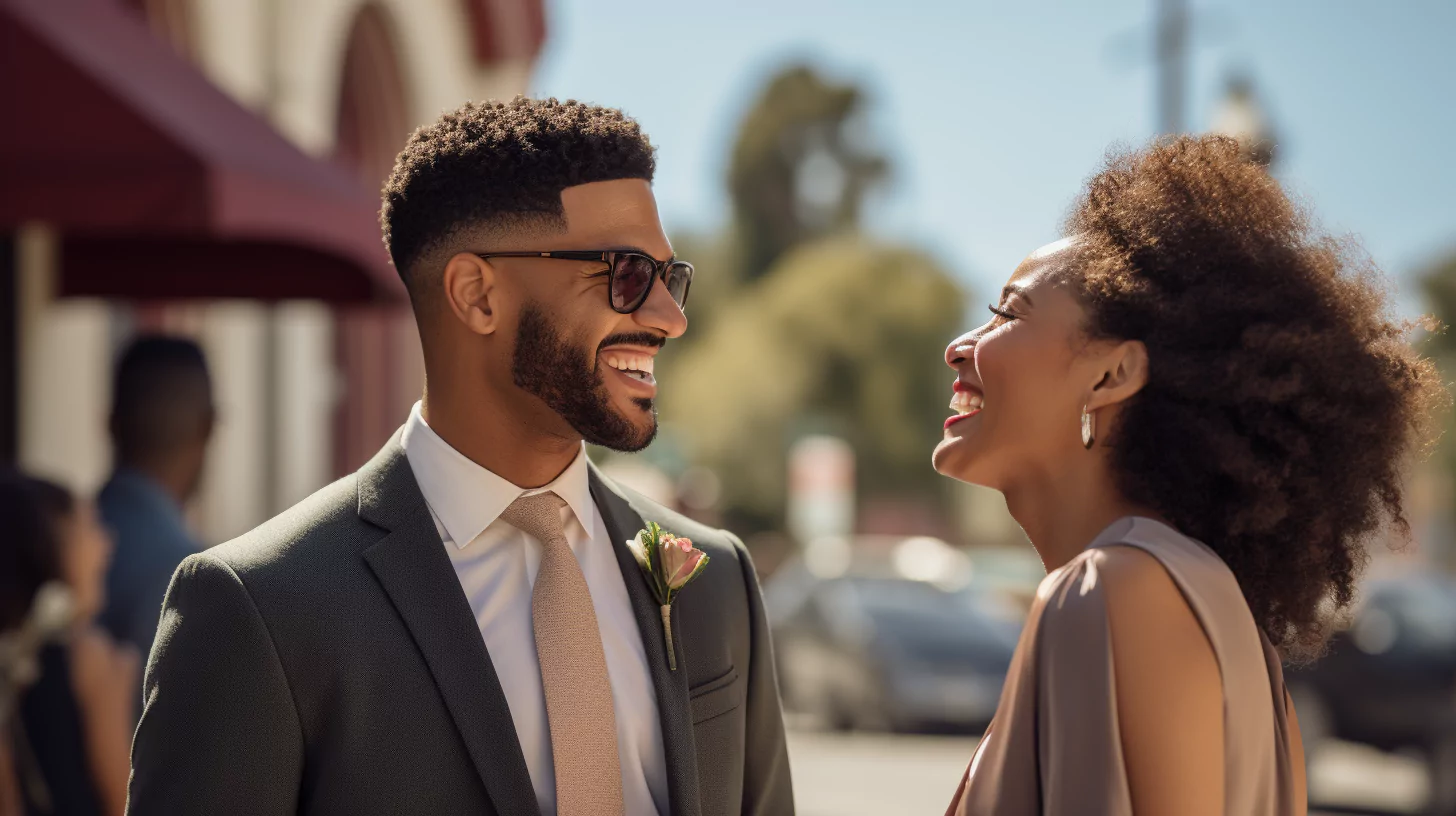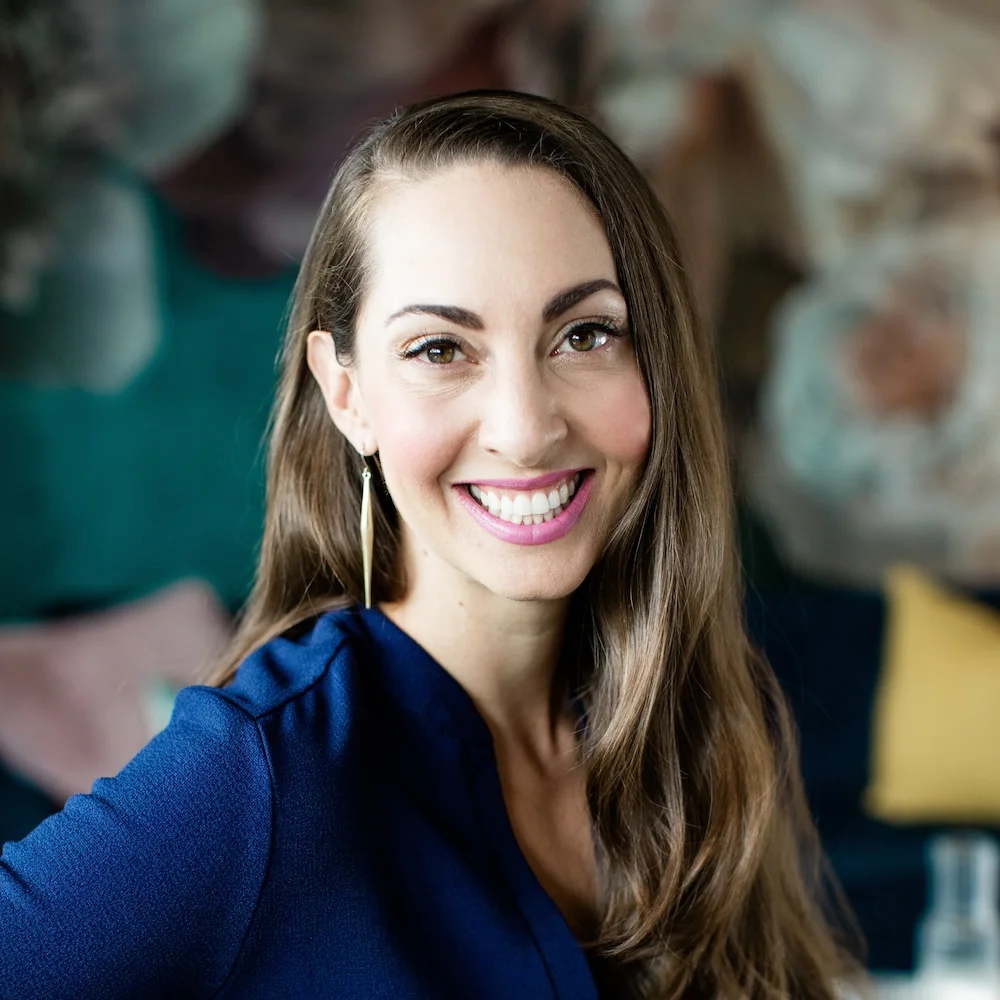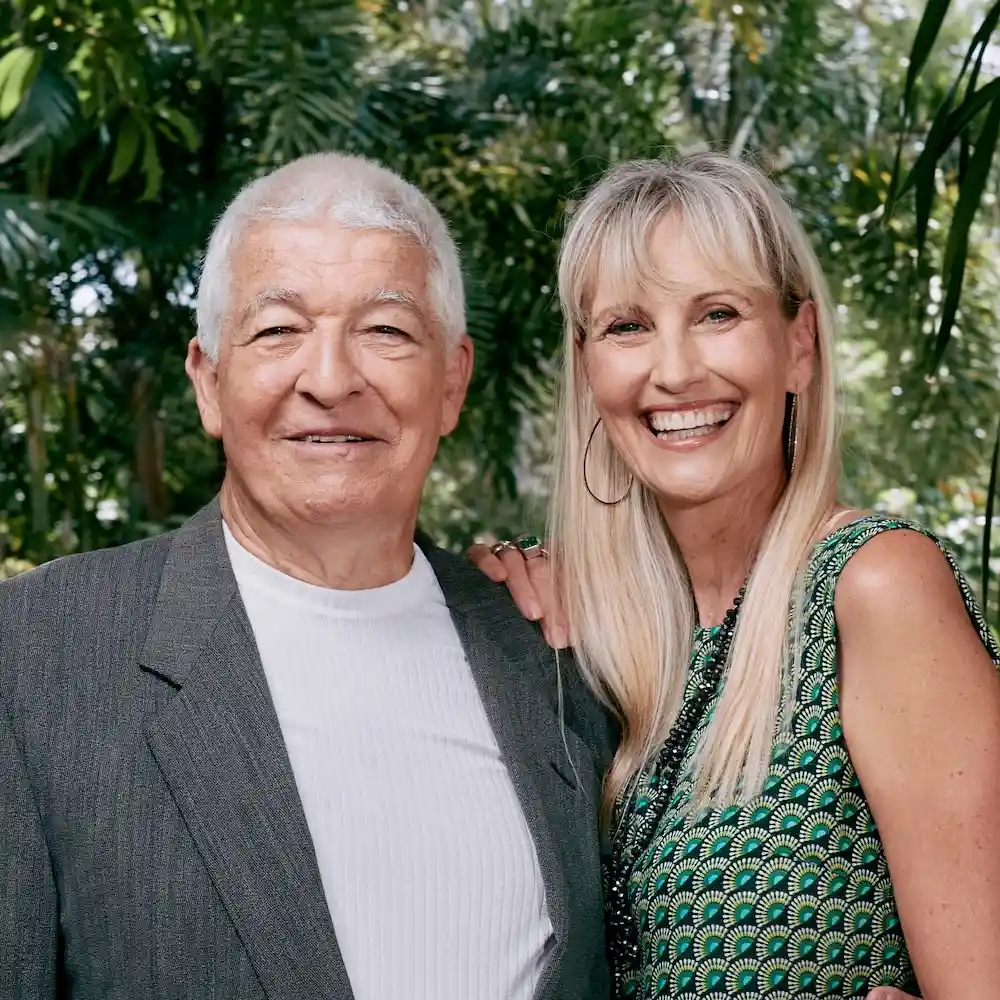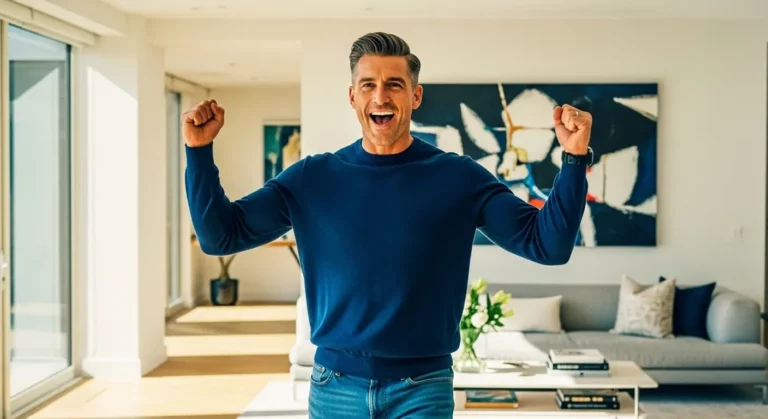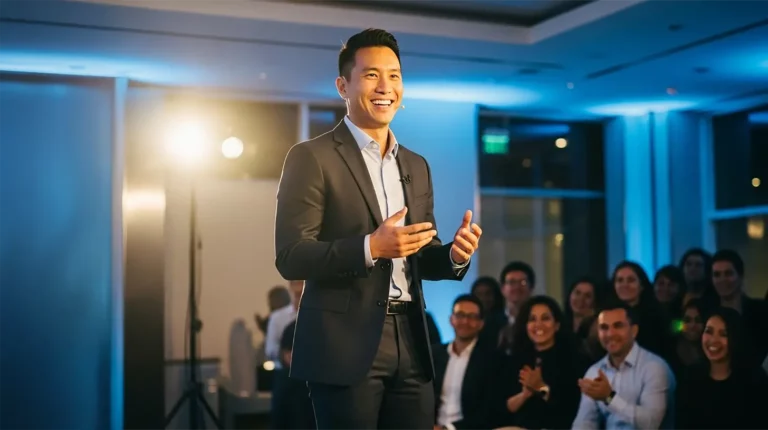There’s something magnetic about those who can walk into a room and just own it. Their confident body language is so palpable that you can feel it before they even come close to your radius.
But it’s more than just standing tall. It’s really about expressing that inner confidence through your physical demeanor. Just take a look at Wonder Woman or Tyler Durden from Fight Club—they both exude an undeniable aura of self-assuredness.
You, too, can carry yourself with just as much poise. Whether it’s at work, on a date, or in everyday interactions, confident body language can be your secret weapon.
What is a confident body language?
This type of body language is all about the way you stand, smile, and even how you use your eyes. With these non-verbal cues, you radiate a sense of self-assurance, calmness, and assertiveness.
“[Body language] shows how you’re feeling—you’re happy, sad, angry, holding back, telling the truth, lying, likely to say ‘yes’…,” explains Allan Pease, a body language expert and co-trainer of Mindvalley’s Mastering Body Language: Truth, Lies, Love & Power. And the thing is, it makes up 55% of your overall communication (with verbal at 7% and tone of voice at 38%).
This subtle art form isn’t limited to any specific gender; it’s something everyone can master. It involves learning the confident body language male individuals often exhibit, like giving a strong handshake, as well as understanding the confident body language female individuals might use, such as holding a steady gaze with an open posture.
The main idea is to express strength and assurance, both of which are universal.
What does confident body language look like?
This body language is a variety of non-verbal cues and actions that convey confidence and assertiveness. Here are some poses that can help project a self-assured image:
- An upright stance signals readiness and attentiveness.
- Steady eye contact shows you’re engaged and interested.
- Open posture, with uncrossed arms and legs, suggests you’re approachable and open to dialogue.
- A firm handshake showcases confidence and respect.
- Smiling sincerely, where even your eyes seem to smile, invites a positive and warm atmosphere.
- Controlled gestures (to emphasize points without going overboard) convey a balanced and confident communication style.
- Subtly mirroring the body language of your conversation partner can create a sense of agreement and rapport.
- Being mindful of personal space demonstrates that you are respectful and considerate.
- Keeping your shoulders relaxed, not hunched, indicates that you are at ease and composed.
- Leaning in slightly while interacting shows that you are actively engaged and interested in the conversation.
“We think about what we want to say in a first impression,” Vanessa Van Edwards, a behavioral investigator, highlights in her Magnetic Charisma Quest on Mindvalley. “We often forget to practice our body language, our non-verbal presence, our handshakes, our spacing.”
Remember, body language can speak as loud as words. And mastering these non-verbal cues can be your secret to making a strong and confident impression, whether in daily interactions or during important events.
Confident body language examples
Those who know how to use confident body language use their bodies to express strength and openness, making others trust them more. It’s a big part of having effective communication skills.
Here are examples of famous people and characters from movies and TV shows that nailed it:
- Vishen, the founder of Mindvalley. Known for his grounded stance and open gestures during talks, he exhibits a calm yet confident demeanor that engages his audience.
- Barack Obama, the former president of the United States of America. His calm, steady gaze conveys assurance and wisdom.
- Oprah Winfrey, a talk show host. Her open posture is a hallmark of the body language of a confident woman.
- Miranda Priestly of The Devil Wears Prada. She showcases a person with high self-esteem, walking with her head high and shoulders back.
- Tony Stark in the Iron Man series. He showcases confident body language with witty humor and charismatic gestures.
- Michelle Obama, the former first lady of the United States of America. She stands tall with a graceful poise, exuding confidence and warmth.
- The Rock (Dwayne Johnson), an actor. His robust, firm handshakes signal strength and friendly intent.
- Usain Bolt, a retired world record-holding sprinter. After each victory, he strikes a confident and powerful pose that showcases his pride and achievement, emanating confidence and triumph.
- Beyoncé, a singer-songwriter. She stands firm and tall, using powerful gestures to emphasize her points during performances.
- Steve Jobs, the former co-founder and CEO of Apple. He used minimal, purposeful gestures during his presentations to command attention and emphasize his points.
Each of these icons doesn’t just talk the talk. Their bodies speak volumes, showing trust, openness, and self-confidence in various ways. And it’s in these small details that they can communicate confidence just as much as words can.
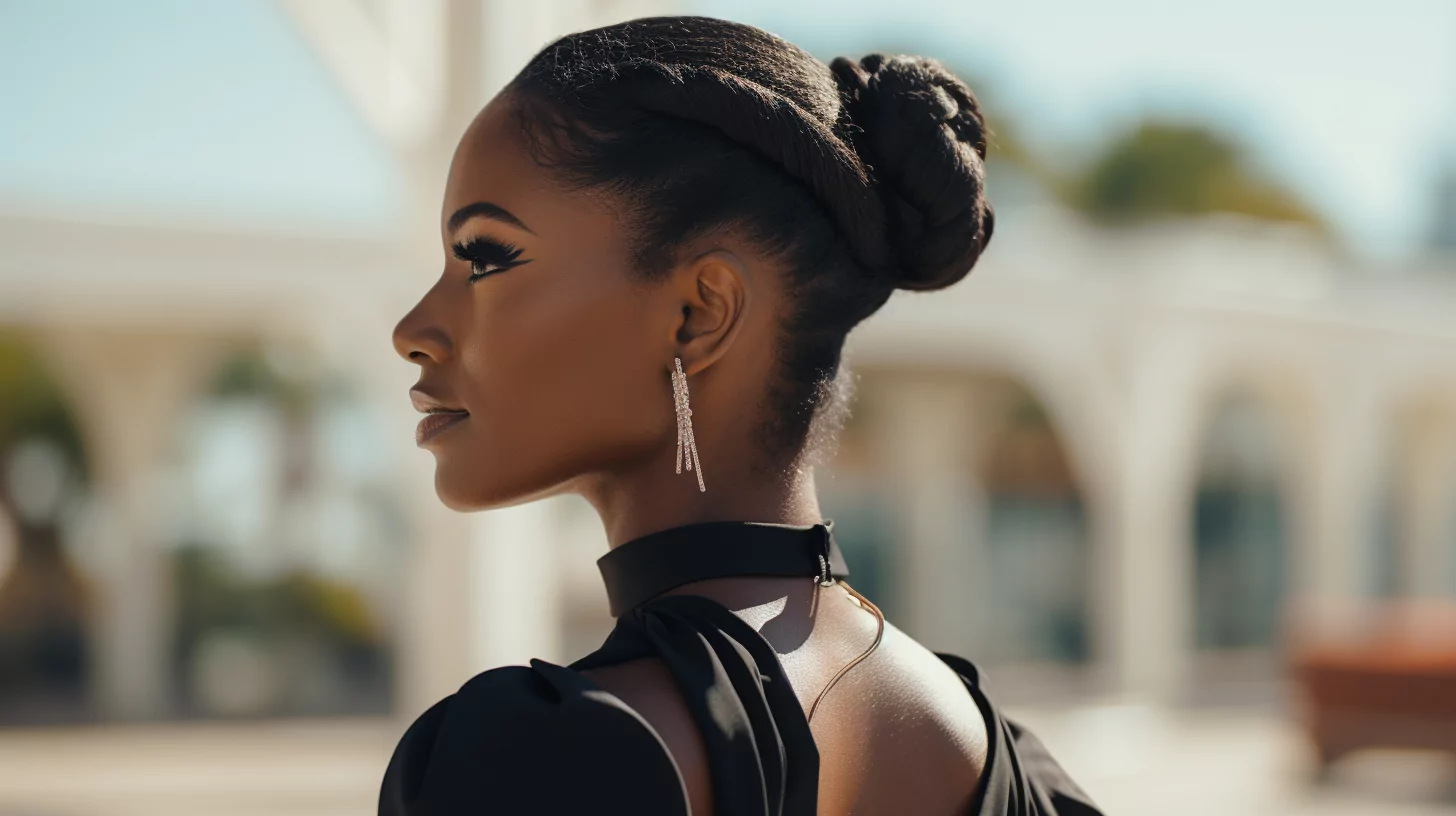
How to have a confident body language: 10 tips from Mindvalley experts
Whether you feel like you need to be more confident or want to polish up your charisma, here are some tips from Mindvalley experts on how to be more confident using body language.
1. Everyday gestures you can (or probably already) use
Like there are common everyday words we use in our vocabulary, there are also common gestures we use in our body language. Being mindful of them can be a simple yet effective trick on how to not be socially awkward and to help steer conversations positively.
In their Mastering Body Language: Truth, Lies, Love & Power Quest on Mindvalley, body language experts Allan and Barbara Pease break down six of the most common gestures:
- Cowboy stance is standing with your hands on hips and elbows bent outward. It creates a strong and confident pose that is often used by men but may not be well-received in professional settings.
- Leg spread means sitting or standing with your legs wide apart. Men predominantly use this gesture to showcase dominance. However, women, especially, can perceive it as disrespectful.
- Leg over the arm of a chair is what it sounds like—when you sit with one leg casually thrown over the arm of a chair. It’s a posture that can signal a lack of interest in or respect for the conversation at hand.
- The catapult is leaning back in a chair with your hands behind your head and your legs stretched out. It’s a display of arrogance that takes up a lot of space and might be perceived negatively, especially in a business environment.
- Hand on your chin is often seen as a pose of deep contemplation or evaluation, signaling that you are actively listening and engaged in the conversation. It can encourage others to continue speaking and expressing themselves freely.
- Asking open-ended questions with your palm up is a gesture that invites others to share and can foster positive and open communication.
Remember, the key is to use these gestures wisely to portray confidence without crossing into the territory of being perceived as arrogant or dismissive. Balance is your friend here.
Insight from Allan Pease:
The more you practice observation, the more reading body language will become second nature to you. — @AllanPease Share on X2. The magic of mirroring
Here’s a scenario: You’re chatting with a group of people at a party. You lean in to update them on the latest hot topic, and you find them naturally mirroring your move.
This isn’t just a coincidence. It’s “a body language technique we all use, whether we realize it or not,” as Allan highlights in his Mindvalley Quest.
It creates rapport and builds social connections. In fact, a 1999 study found that people who subtly copy the body language and facial expressions of others can make conversations go more smoothly and make themselves more likable. This is a natural and automatic response that helps build positive relationships.
So, to carry yourself with more confidence, start practicing this simple mirroring technique in your daily interactions. Remember to always keep it subtle, and to focus on mimicking positive gestures and tone.
This will not only make you appear more confident but will also foster better connections and understanding in your social circles.
Insight from Barbara Pease:
To be able to mirror is so powerful. You’ll be able to see when others naturally mirror you or not. And you’ll be able to mirror others to quickly develop rapport. — Barbara Pease Share on XLearn more: Mirroring Body Language: The Secret to Stronger Connections
3. Speak confidently
“When most of us think of our charisma, we think about the words we use, maybe our body language,” says Vanessa Van Edwards, a behavioral scientist and trainer of Mindvalley’s Magnetic Charisma Quest. “We very rarely think about how we sound, but our voice has a tremendous impact on our charisma.”
One groundbreaking insight from her research, which involved the analysis of thousands of hours of TED Talks, pinpointed that the most admired speakers retained an emotional connection to their narrative, portraying it as if for the first time with genuine enthusiasm.
To master this, you need to:
- Keep the energy and emotion in your speech,
- Avoid sounding like a rehearsed script devoid of feeling, and
- Incorporate real stories and authentic emotions in your dialogue.
Insight from Vanessa Van Edwards:
People can hear your emotions. It's incredibly hard to disguise your emotions in your vocal power. — @vvanedwards Share on X4. Use the “pregnant pause”
“Hush, just stop…” The words hang in the air during Britney Spears’ “Stronger,” perfectly capturing the arresting power of a well-placed “pregnant pause.” It practically begs listeners to sit up and pay close attention.
Using the pregnant pause can help you show more confident body language when you are speaking, according to Lisa Nichols, the founder of Motivating the Masses and trainer of Mindvalley’s Speak and Inspire Quest. This kind of pause gives space in a conversation and lets your words have a bigger impact.
In fact, a study from Plos One Journal shows how powerful a pregnant pause can be. The study found that when people took a longer time to say “no” in a conversation, the response was better. It made the conversation feel more positive and open.
So, when you are speaking, try to use the pregnant pause to your advantage. It can make your conversation better and help you connect with people more easily.
Insight from Lisa Nichols:
The pregnant pause is a gift to your listener and it’s a gift to yourself. — @lisa_2motivate Share on XLearn more: What’s the Pregnant Pause? (Hint: Nothing to Do With Babies) | Lisa Nichols
5. Turn your fear into fuel
Standing tall, shoulders back, and owning your space are fundamental elements of demonstrating confident body language. But sometimes, it’s the “inner posture” that needs realignment, and transforming your fear into fuel can be your secret weapon for unshakable confidence.
“Fear is an emotion like love, like compassion,” explains Lisa in her Mindvalley Quest. “We just gave it more power.”
Now, consider this advice from her: Imagine holding fear in one hand and passion in the other. This mental visualization is powerful and can give you a sense of balance, grounding you in moments where fear tries to take over—be it a job interview, a difficult conversation, or overcoming the fear of public speaking.
Before stepping into the spotlight, take deep, conscious breaths. The goal is to foster a potent inner dialogue that screams, “I am enough!” as you step forward courageously, fully inhabiting your space, and using that fuel to bolster your physical presence.
Insight from Lisa Nichols:
Fear is not your enemy. Fear is your friend. Fear reminds you that you have not arrived to the top of the mountain, that you are still climbing with the rest of us. — @lisa_2motivate Share on X6. Open eye, lean, and beam
Confident body language isn’t only about what you show but also how you make people feel. And listening is a major factor in that.
Open eye, lean, and beam is a simple mantra from Linda Clemons®, a body language expert and trainer of Mindvalley’s Body Language for Dating & Attraction Quest. And it can help you significantly enhance your nonverbal communication, especially when it comes to attraction and connection.
- Open eyes. This means being attentive and showing lively facial expressions.
- Lean towards the person you are communicating with; leaning in showcases your interest and curiosity, inviting a warmer and more engaging conversation.
- Beam with a genuine smile, letting your inner joy and enthusiasm shine through, creating a welcoming atmosphere.
Linda also advises being aware of your “power zones,” such as your heart, throat, and belly button areas—keeping these areas open and unobstructed promotes a more inviting and open demeanor. For instance, avoid crossing your arms, as it can signal closure and unapproachability.
Adopting these simple yet effective tips in your daily interactions can foster better connections and leave lasting impressions on the people you meet. So next time you find yourself in a social setting, remember to open eyes, lean, and beam to communicate confidence and approachability naturally and effortlessly.
Insight from Linda Clemons®:
The golden rule for magnetizing people is this: be interested in the person of your desire, not just interesting. — @LindaClemons Share on X7. Visualize your confidence
Imagine a slightly more confident version of yourself. Picture how they stand, their smile, and how they breathe.
Now, imagine stepping into that version of yourself, embracing that confidence. To take it further, envision an even more confident you and step into it, embodying that newfound self-assurance and charisma.
Backing this up, a 2021 study showed that athletes did their very best when they used visualization and truly believed in their abilities. This means that seeing yourself in your mind’s eye as confident can really help you be your best.
As Paul McKenna, UK’s #1 hypnotherapist and trainer of Mindvalley’s Total Self-Confidence Quest, points out, “What you practice, you become.” So, people who often picture themselves as brave and taking chances get used to feeling good about themselves.
On the other hand, if you always think you will be scared, then you will feel scared most of the time. The good news is, by regularly doing this visualization, you can train yourself to feel confident more naturally.
Insight from Paul McKenna:
Confidence is much more than just a positive feeling in your body. It’s an attitude, an approach to life, that leads to success, motivation, and new possibilities. — @ImPaulMcKenna Share on X8. The power of “I am enough”
These three words—so simple yet powerful—can make a big change in how you carry yourself. As Marisa Peer, the creator of Rapid Transformational Therapy® (RTT®) and trainer of Mindvalley’s Rapid Transformational Hypnotherapy for Abundance Quest, says, “The most effective way to boost self-esteem is to praise yourself.”
Science supports this idea, too. A 2016 study where people focused on their personal values, a rewarding area in their brain lit up, helping them feel good and stand tall with confidence.
So start by telling yourself those three words every day: “I am enough.” Saying this phrase can help you start to believe that you are good just as you are, and this will show in your body language.
Insight from Marisa Peer:
The most important words you will ever hear are the words you say to yourself; the most important opinion is your own. — @MarisaPeer Share on X9. Tap into instant self-assurance
Have you heard of The Confidence Myth? Florencia Andrés, the author of the best-selling Confianza Total and trainer of the Spanish-speaking Mindvalley Quest of the same name, explains it as this:
“It’s the myth that says that all successful people are confident all the time and that if you have self-doubts there’s something wrong with you.”
Well, self-doubts are 100% part of the human experience.
But as she explains during her stage talk at Mindvalley University 2022 in Tallinn, Estonia, it’s what you do with the self-doubt that matters. And a powerful way to rise above it is with her technique called the “Total Confidence Pill.”
Here’s how you do it:
- Before facing a challenging situation, take a minute for yourself.
- Close your eyes and remember the highlights of your life—your successes, proud moments, and obstacles you’ve overcome.
This personal recall works like a magic pill, flooding your body with positive hormones and enhancing not just how you feel but also how you act and think.
This tip can be your secret weapon for radiating confidence from within. Remember, it’s all about leaning into your natural strengths and celebrating your wins, big or small.
Insight from Florencia Andrés:
Doubting yourself is not a problem. The problem is letting those self-doubts run the show. — @FlorenciaAndres Share on X10. Be a kindness warrior
How often do you strive to be kind? Vanessa suggests adopting an “offer mentality” could be a key to portraying confident body language. This concept focuses on what you can offer others in interactions rather than what you can obtain from them.
Research by Dr. Martin Seligman highlighted that people who performed altruistic acts experienced pleasure that lasted all day, compared to a momentary burst of joy for those who did something for themselves. Building on this, Vanessa encourages you to find small opportunities to offer kindness, which can foster a more positive, and thus confident, personal demeanor.
Start by sharing genuine praise during meetings or even sending someone their favorite book. This approach not only reduces social anxiety but also nurtures deeper connections with people who we feel are like us.
Insight from Vanessa Van Edwards:
When we think about making ourselves feel better, we often think about doing something for ourselves. But today, I want to argue that kindness is the fastest way to help yourself and help others. — @vvanedwards Share on XLet Your Confidence Do the Talking
Remember those powerful stances of Wonder Woman and the unshakable confidence of Tyler Durden in Fight Club? That kind of confidence can be yours, reflected in the way you carry yourself and projecting strength and assurance in every step you take.
The road to embodying that radiant confidence is much easier when it comes with the help of the masters at Mindvalley. Here’s a glimpse of what you can learn from their quests:
- Mastering Body Language: Truth, Lies, Love & Power Quest with Allan and Barbara Pease where you’ll discover the nuanced world of body language.
- Body Language for Dating & Attraction Quest with Linda Clemons®, a program for women to learn the subtle cues to attraction.
- Speak and Inspire Quest with Lisa Nichols, where you’ll learn to master the way you speak to convey confidence and charisma.
- Magnetic Charisma Quest with Vanessa Van Edwards, where you’ll learn how to be captivating.
- Rapid Transformation Hypnotherapy for Abundance Quest with Marisa Peer, where you’ll explore the techniques to rewire your limiting beliefs for abundant potential.
- Total Self-Confidence Quest with Paul McKenna, where you’ll train your mind to cultivate powerful inner confidence through hypnosis techniques.
These quests are just some from the vast library of personal growth programs on Mindvalley. When you sign up for a free account, you can sample the first few lessons to get a real taste of the transformative experiences that await.
The thing is, confident body language isn’t just about changing postures. It’s about evolving into the powerhouse you were always meant to be.
